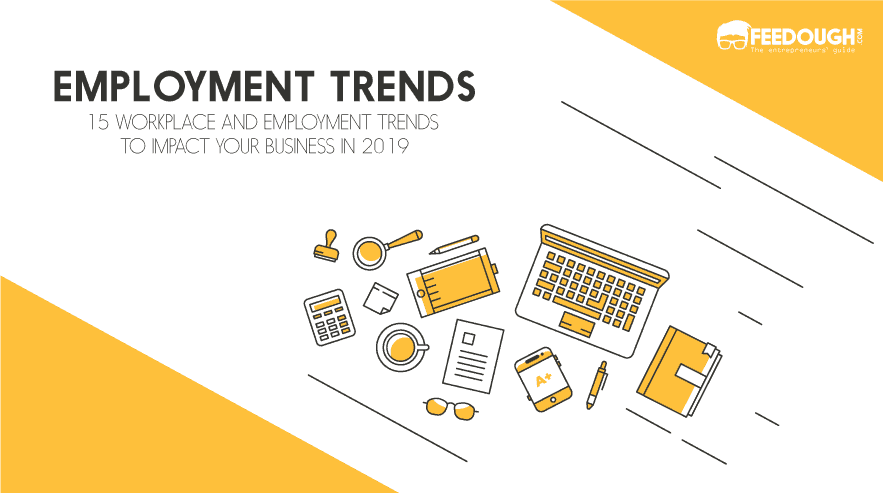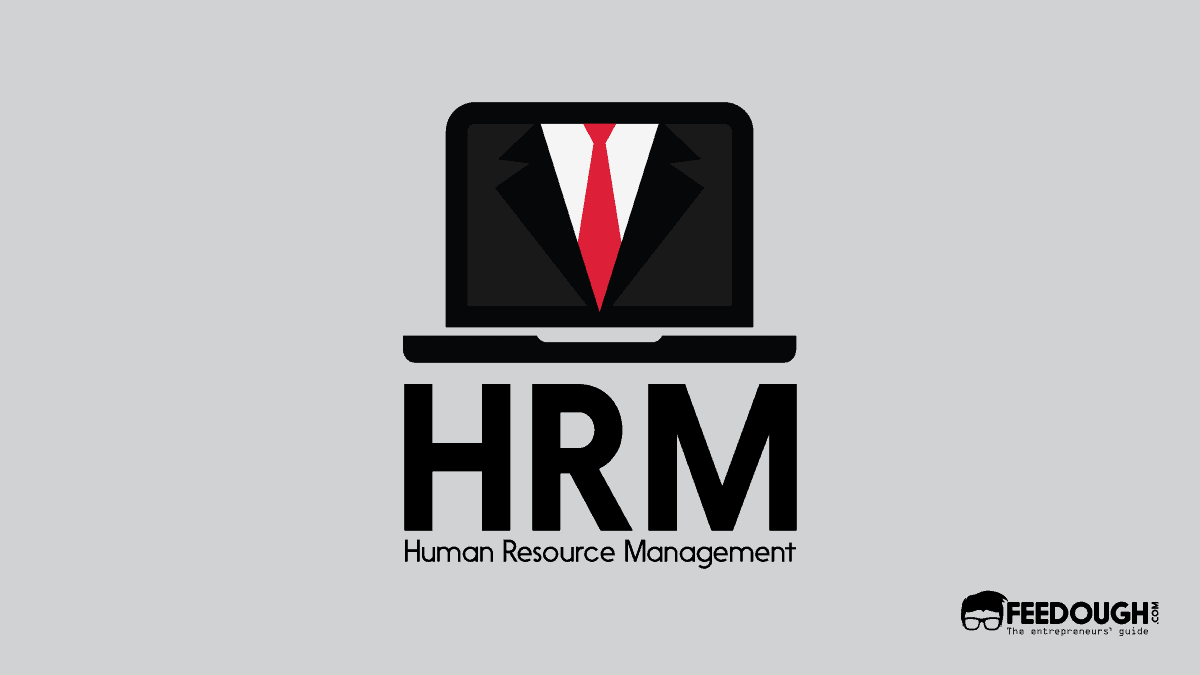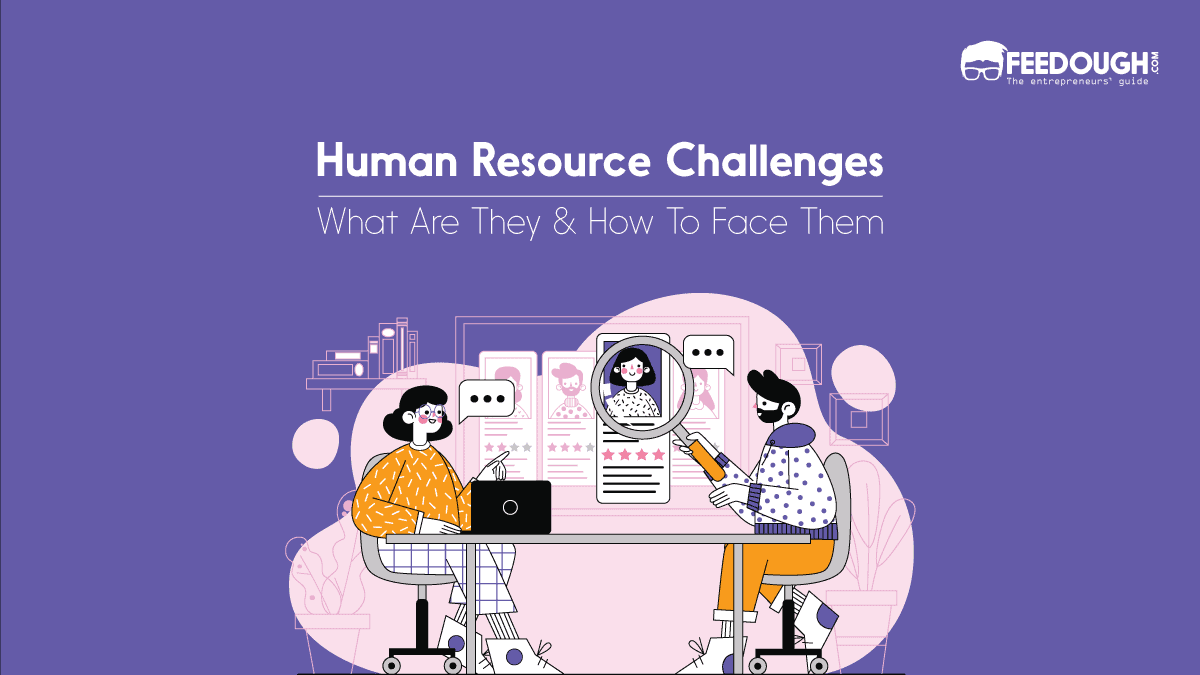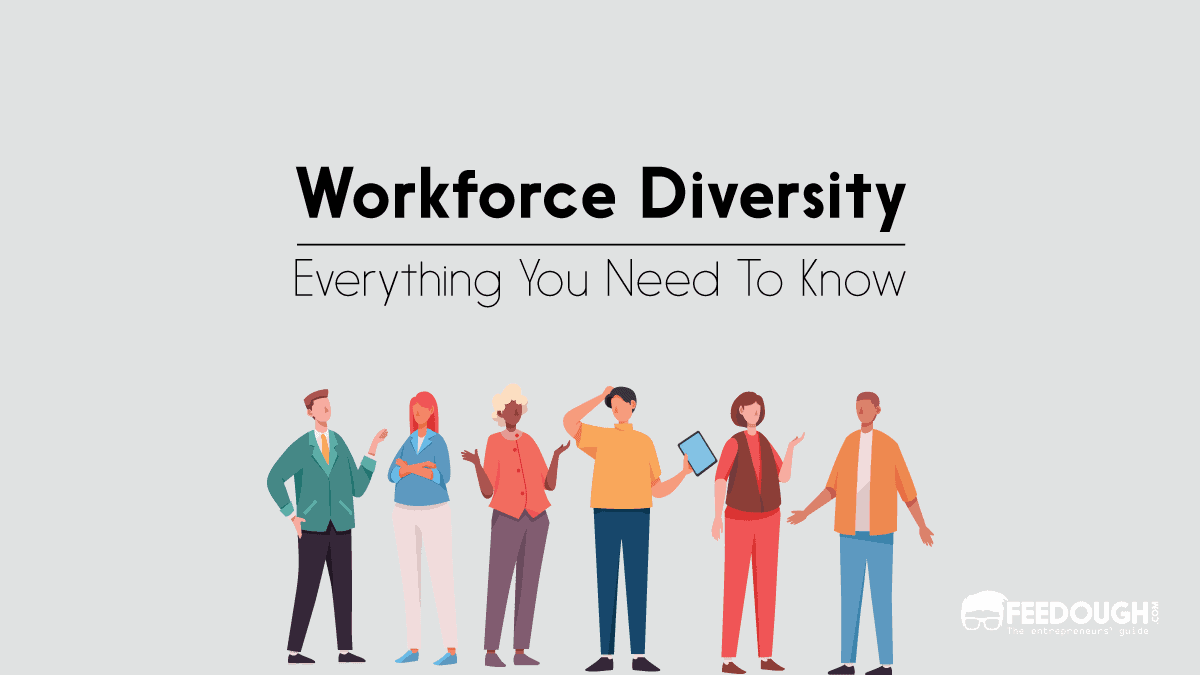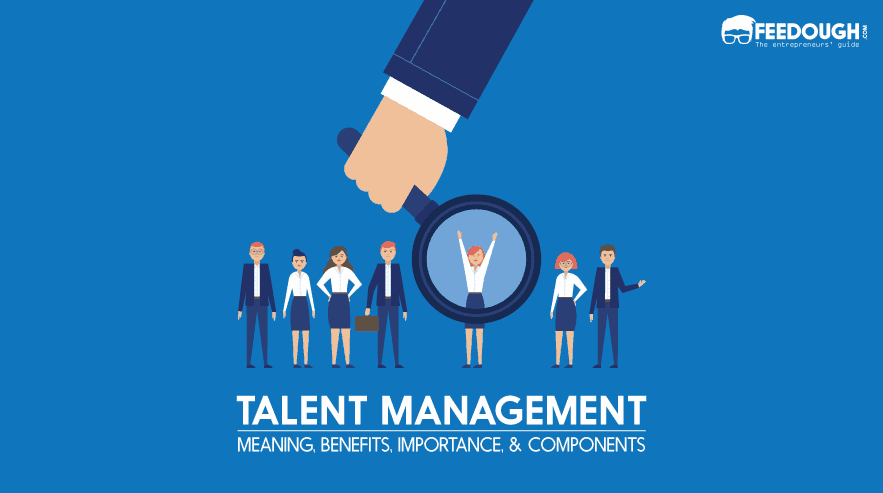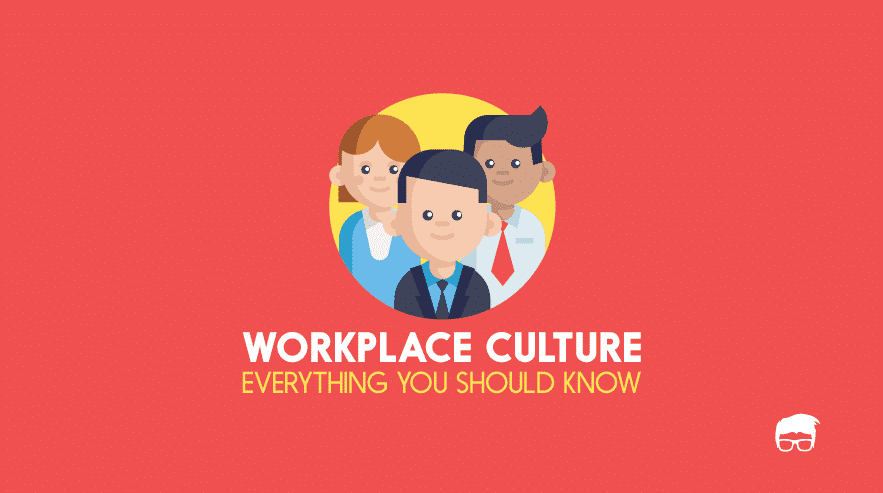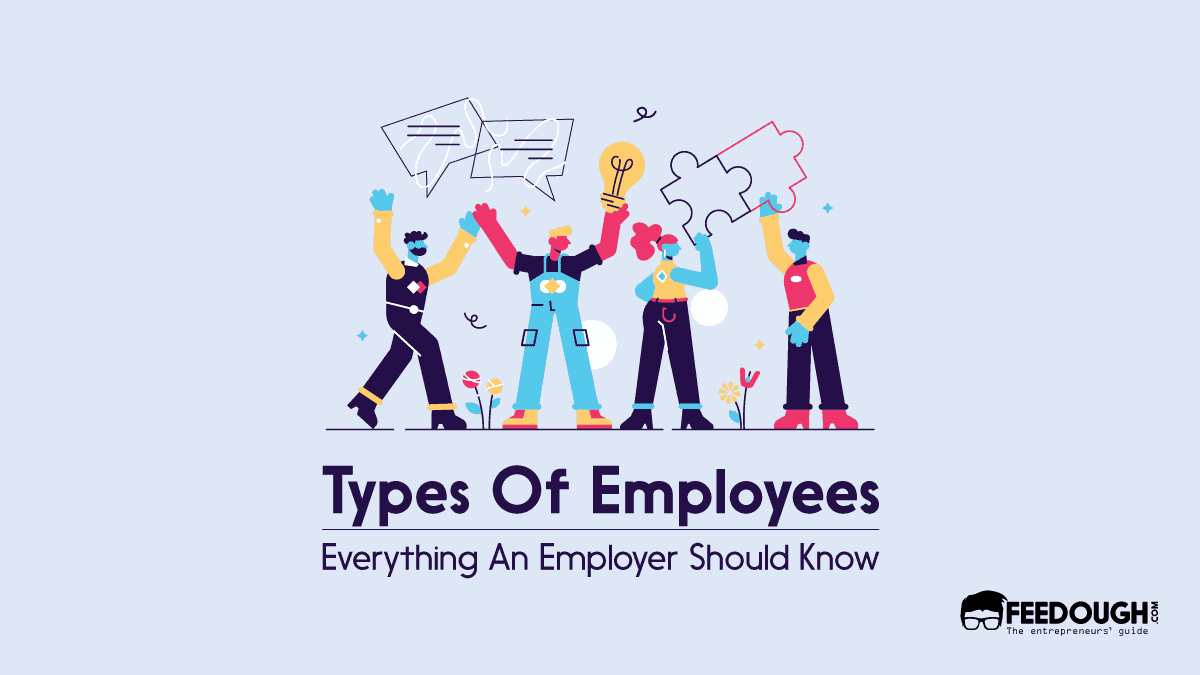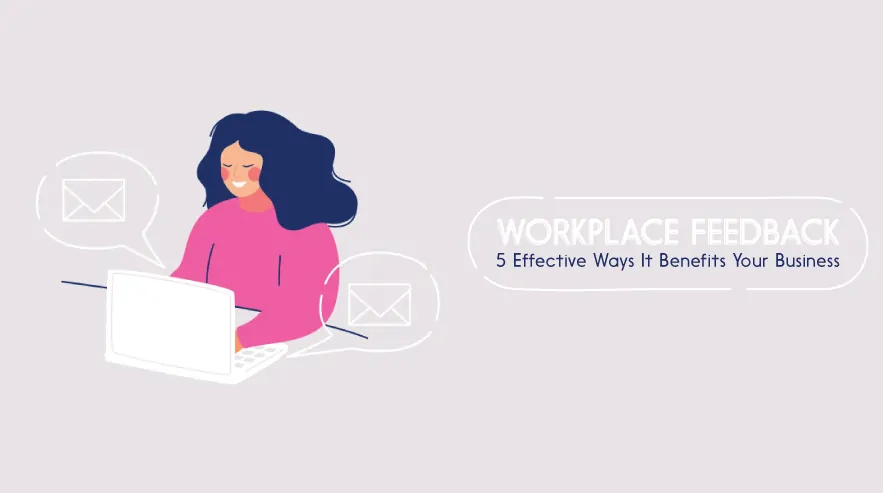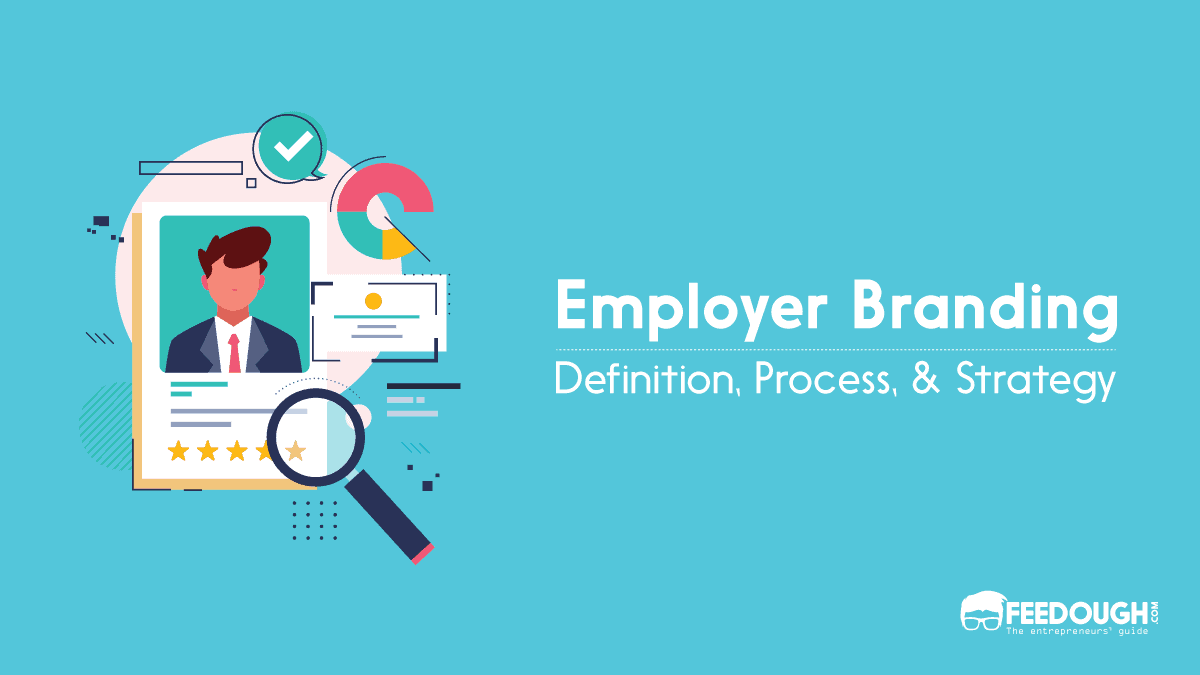As an employer, you expect more from your team to stay on top of the game. Your employees also expect more from your organisation. To stay on top of the competition in today’s market, it is important that you find and retain the right talent in your organisation.
Effectively doing so, though, remains a challenge. New emerging employment trends, as well as trends that been identified over the past few years can help you embrace new ways of thinking about your workforce and evaluate your hiring process. Staying up to date with employment trends allows you do that in an effective manner.
We’ve made your job easier and compiled employment trends that have impacted businesses and will continue to do so this year:
Preference for Soft-Skills
According to a survey on global trends conducted by LinkedIn, 92% of the surveyed HR professionals and hiring managers are now focused on soft skills because they are considered more important than hard skills. 80% said that soft skills are important to help the business grow, and 89% said that the lack of soft skills was a let-down in the bad hires.
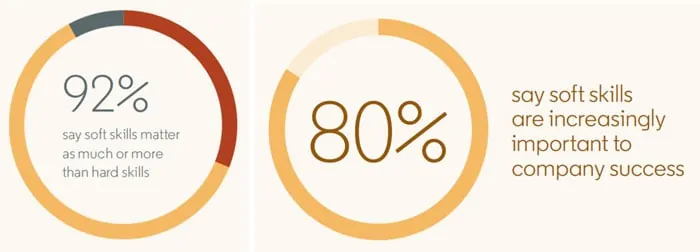
According to World Economic Forum’s Future of Jobs Report 2018, while soft skills such as empathy, emotional intelligence, creativity, communication skills etc cannot be compared to a degree, “they enable people to leverage their uniquely human capabilities.
The only downside to this is that soft skills cannot be gauged by a resume or an interview. 68% of the surveyed said that they would assess soft skills through social cues picked up during an interview. The increasing use of AI can also help assess soft skills in candidates in the near future.
Work Flexibility
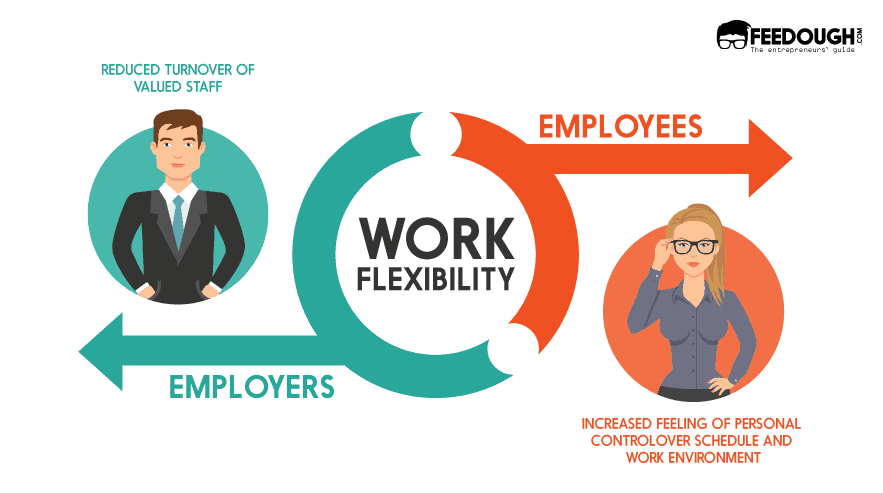
Not too long ago, being able to work from home was rare and was considered a perk. But times are changing, and work flexibility is becoming a norm. According to the survey conducted by LinkedIn, compared to only 25% of employees in 2013, 31% of the employees preferred flexible work arrangements in 2017.
Technology is partly responsible for this shift in work flexibility. Emails, conference calls, instant messaging etc. have enabled employees to stay in touch with their co-workers, should a work-related emergency needed attending to. Since 2016, there has been an increase by 78% of job posts that also provide work flexibility.
Employees also need a better balance between work and personal life, and work flexibility allows them to do so. Flexibility has also allowed organisations to save costs on locations. For instance, Dell has saved an average of $12 million per year with its flexible work programme.
Action against Workplace Harassment
The #MeToo movement might have begun in 2017, but the discussions have continued and will continue well into 2019. As an employer, you are morally and legally obligated to protect your staff from all kinds of bullying and workplace harassment. As an employee, it is your duty to help foster and maintain a safe and supportive corporate culture. To do so, sexual harassment policies and training need to be up-to-date.
According to the LinkedIn report, 71% of professionals globally agree that harassment prevention is a very important trend for the present and future of hiring and HR. Overcoming harassment and creating a supportive work culture calls for a combination of policies and action. Improved diversity and inclusion at all levels of your organisation can go a long way in creating a safe environment where employees feel safe asking for help.
Diversity in Hiring
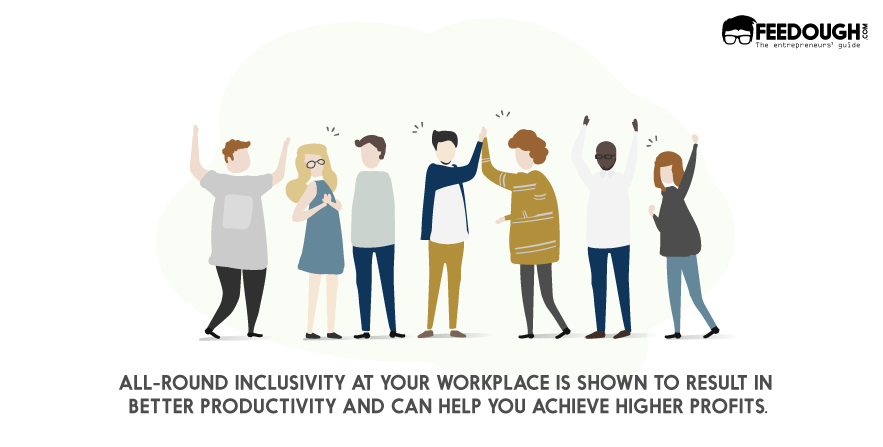
Diversity in hiring has always been a trend, and it’s not new by any means. In fact, 78% of businesses already believe in having a diverse workforce, and this trend in employment is not going to slow down anytime soon.
One takeaway from Amazon’s high-profile error in an effort to hire a diverse workforce is that there is no simple fix for improving diversity. In 2018, Amazon built an AI hiring tool, which backfired when it started discriminating against women. When an attempt was made to fix it to identify top talent, the AI became more biased than any reasonable person, making it useless.
Diversity in the workplace is an asset for both businesses and their employees. In an era of globalisation that 2019 is shaping to be, diversity is more than just gender, race or ethnicity. It’s also about educational backgrounds, religious and political beliefs, sexual orientations, cultures and even disabilities.
According to a recent survey by Harvey Nash, organisations need to improve gender diversity by 60%, ethnicity and culture inclusivity by 41% and LGBTQIA+ representation by 14%. All-Round inclusivity at your workplace is shown to result in better productivity and can help you achieve higher profits.
Blind Hiring
Bias in the workforce can lead to several controversies. In a standard interview, unconscious bias may seep in by giving away information like gender, age, race or even alma mater. To avoid this, the first wave of the interview can be done without these pieces of information, by purely sticking to the abilities and achievements of candidates.
This allows a diverse workforce that can be built on merit. Pre-hire tests, anonymously written aptitude tests, interviews over phone calls or via chatbots can help to eliminate any kind of bias, conscious or unconscious, allowing you to hire blindly.
Implementing AIs in the Recruitment Process
2 out of 3 candidates are comfortable interacting with artificial intelligence apps to answer initial questions in the application and interview process.
With AIs becoming more and more popular in the recruitment process, it is important now more than ever, to tailor your application to the position and company that you wish to apply for. Tools such as keyword scanners mean that having a well-tailored CV can be the only difference between having your application being passed on to the next stage or discarded.
A recruitment chatbot or conversational agent is an AI that is designed to mimic conversations during a recruitment process. It works the same way that AI assistants like Alexa, Siri or Google Assistant would work, by understanding natural language and choosing how to respond.
According to a survey by Allegis, 58% of candidates are comfortable interacting with an AI for initial questioning during the application process, and 66% of candidates are comfortable interacting with AI for interviewing and scheduling.
Predictive Analytics
Analytics has the power to transform the HR function, from recruitment and workforce planning to performance management and employee engagement. In 2019, predictive analytics are being increasingly used by organisations to refocus their workforce planning lens from a qualitative one to a quantitative one, which enables them to understand how much every employee is worth to the organisation.
Predictive analytics allow the employer to view the employees as a valuable asset to the organisation. It also lets you understand which employee or department has been underperforming and which areas can be improved for the company’s growth by providing training or moving employees to different departments to increase productivity.
According to Deloitte’s Human Capital Trends Report 2018, although 85% of the surveyed acknowledged the importance of predictive analytics, only 42% indicated that their organisations were ready to implement analytics at work. Collecting performance data and matching it against assessment creates a feedback loop that allows you to refresh your employees’ profile continuously.
Data Privacy
Following multiple data breaches at restaurants, stores, and streaming services and just about every other industry, data privacy has been a major issue. While some states in the US have already issued stricter data privacy regulations than the federal government has, attempts are being made to secure data in all industries.
Even big names like Facebook came under fire for their issues regarding data privacy. This shows that despite all the advancements that technology has made in the past, our data is still at risk. The new technology suggests that flux and complexity that big organisations are experiencing will continue well into 2019, despite attempts at securing data.
Pay Transparency
PayScale asked 93,000 people how well they thought they were getting paid, relative to the overall job market. Two-thirds of the surveyed were wrong with their assessment and most of them believed that they were being underpaid. This problem arises because employees often don’t know how much their co-workers are getting paid, and this can cause trust issues within the workplace.
According to LinkedIn, pay transparency has increased by 136% since 2014. The objective of pay transparency is to ensure that every employee is being paid fairly for the work they put in. Pay transparency ensures that companies tackle inequalities such as gender pay gaps. It also helps in building trust in the workplace and underpinning efforts of a diverse and inclusive workforce.
Low Unemployment
Unemployment rates have been steadily falling since 2010 and at the end of 2018, the unemployment rate was below 4%. This means that there are now more job openings than unemployed people. But while this may be good news for job seekers, it’s not so great for recruiters because this has made the process of recruitment harder.
According to a survey by Criteria, hiring demands show no signs of slowing down in 2019. In fact, hiring volume has already increased by 2.3% from 2018 to 2019. Companies are offering to train and recruit in non-traditional ways, and with flexibility becoming an important factor, job seekers now have more options and higher chances of landing a job than ever.
Wage Growth
As of July 2018, wages were officially at their peak and showed no signs of slowing down in the ever-inflating economy. Despite the falling rate in unemployment, wages had been stagnant for a long time. But according to the Bureau of Labour Statistics, the current wage growth is the fastest it has been in 9 years and shows no signs of slowing down in 2019 if recruiters want to attract the best candidates for the job.
Job seekers in 2019 look for more than just a job; they look for benefits, pay, flexibility and development opportunities. According to data from Glassdoor, the pay is the motivator for 67% of the candidates. More organisations are joining the wage growth trend in employment in order to attract and retain better talent in their workforce.
Training
Training will be a critical focal point in 2019. In fact, according to MRI Network Performance Management Study, when designing successful and meaningful training programs, it is important to have the ability to attract and retain top talent, you must keep in mind the talent that you have worked within the past.
Most candidates who are trained are natural learners with a passion for continuous self-development, and they make for happier and engaged employees. To support and nurture this nature in employees, they should be provided with the right workplace culture and environment. Without that, top talents will seek it elsewhere.
Appealing to Job Seekers
Not only is the job market extremely competitive for job seekers, but it is also competitive for organisations and recruiters alike. Companies will have to do more to make their job offers attractive to their employees. In 2019, organisations will focus on trying to make that happen by emphasising on the company’s workplace culture.
As much as an interview is about finding a candidate who will be the right fit for your company, it is also about finding the right company whose workplace culture, wages and opportunity appeal to the job seekers. Employees no longer work just for the money; they want to thrive and be happy at their workplace. Flexibility, holidays and bonuses are a great way to make the job more appealing.
According to LinkedIn, job seekers research the reputation of an organisation before they can apply for a job with them. Employer branding is one of the most important factors in play here.
Changes in Workplace Cultures
In a world of rapid change, it is important to embrace transformation and keep an open mind regarding the latest trends of today. In 2019, employers are expected to gain new approaches to work and improved workplace cultures that will lead to better levels of innovation and productivity among employees.
Enabling people to work in a collaborative and supportive environment where they can solve problems together and come up with creative and effective solutions to their lines of business is the key to retaining top talent in the workforce.
Alternative Candidates
For a long time, closing the skills gap was a constant worry on every hiring manager’s mind. The gap between the skills that job seekers have and the ones that the recruiters need has only been widened by the increasingly competitive landscape of hiring. To tackle this, companies are considering recruiting ‘alternative’ candidates for positions in 2019.
An alternative candidate is someone who is not the perfect candidate envisioned by the recruiters, but also someone who is willing to, and can be trained to learn the necessary skills on the job. As more people apply for jobs that are somewhat out of their field, hiring alternative candidates is bound to become a more popular trend in the future.
Bottom-Line?
2019 has so far, and will continue to bring about a lot of changes in employment trends for both companies and candidates. The way we look for jobs means that companies will have to adapt to changing technologies and cultures, as well as match the expectations of a whole new generation of job seekers. That being said, employment trends are ever-changing and it is not possible to implement every single trend in the way your organisation functions. But if you recognise the areas that need to be improved and focus on that, it will be easier to keep up with changing trends in employment.
Go On, Tell Us What You Think!
Did we miss something? Come on! Tell us what you think about our article on employment trends in the comments section.
A literature enthusiast, an avid reader, a blogger and an experienced social media marketer. She loves to travel whenever she can and has an eye for all things aesthetic.
